As part of your third year as a fashion journalism student at the University of Sunderland, you’ll complete a compulsory 10-day work placement.
Students have previously carried out their work experience at the likes of Elle, Grazia, Glamour, Drapers and In Style.
Here, Candice Farrow shares her advice after two weeks at the Sun newspaper in London in the autumn of 2018, working on their Fabulous fashion pages.
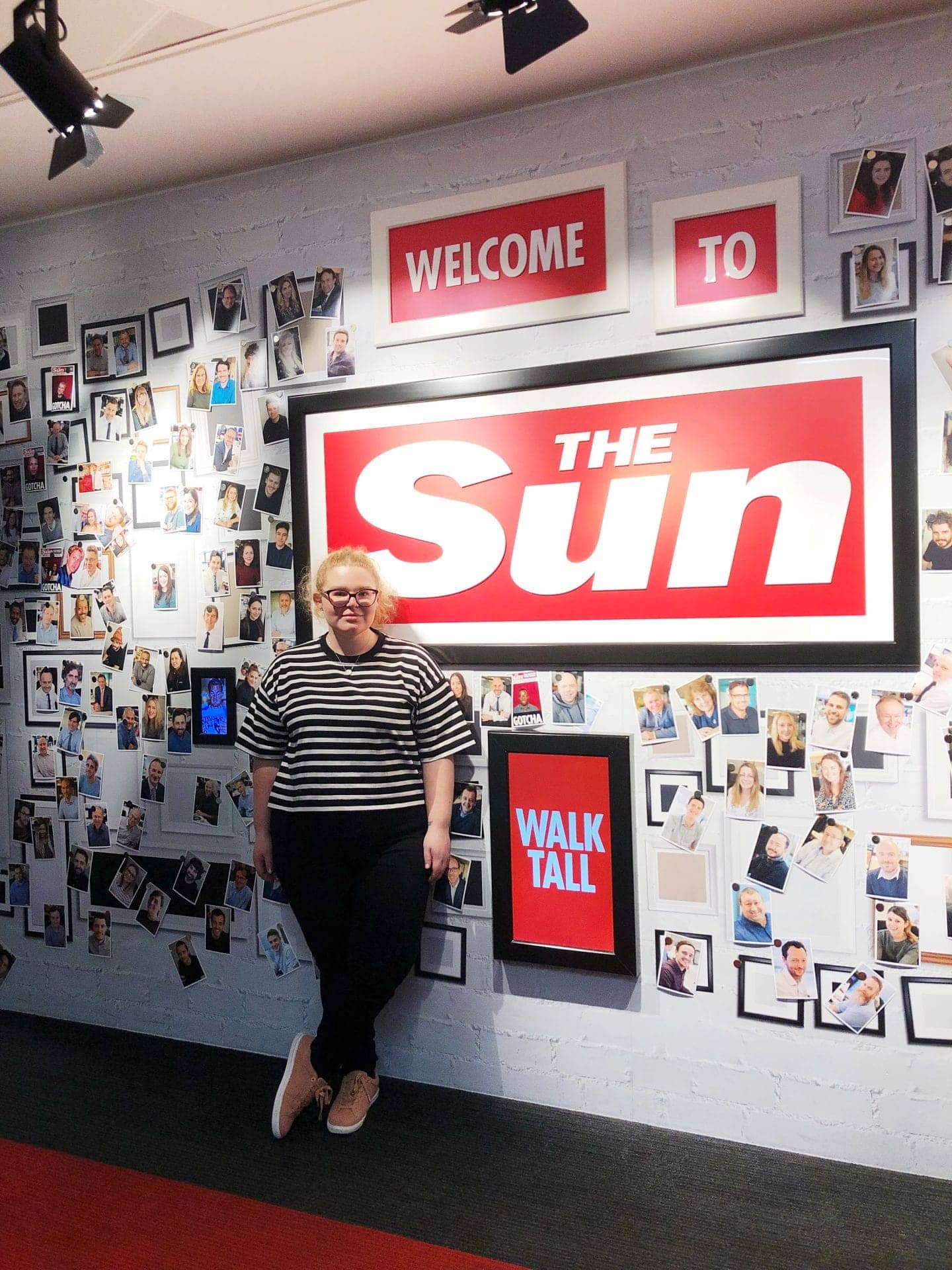
THE DO’S AND DON’TS OF GETTING A PLACEMENT
DO:
Do start looking early: Summer is the prime time to start looking for placements, this is when most employers will start to place advertisements.
Do update your CV and cover letter: Include all journalism experience you’ve gained as part of your course: skills gained, your work on Fashion North and qualifications like shorthand and media law.
Do include your best work: it’s always a good idea to let them see your skills rather than just telling them you have the skills. Include hyperlinks to your author’s page on Fashion North, but also chose four or six of your best articles and hyperlink them in a word document or e-portfolio. Chose work that showcases your skills, like interviewing, podcasting, sourcing original stories, DIYs, video content, etc.
Do research: Always research how companies like to receive CVs. Some have online applications; some companies like to receive CVs via email and other like to have them posted by mail.
DON’T:
Don’t get stuck on the idea of going to your favourite magazine or newspaper and make the mistake that they’ll just accept you: Most places will not respond, so apply to as many places as possible that are offering the placement requirements that are required by your course.
Don’t be afraid to negotiate: If you’re applying through an online website most will tell you the duration is one month to six months. IT IS OKAY for you to contact the person who posted the advert and ask them to take you on for your required ten days or two weeks. You are not being paid, most employers are willing to take on free help.
THE DO’S AND DON’TS DURING YOUR PLACEMENT: THE FASHION CUPBOARD
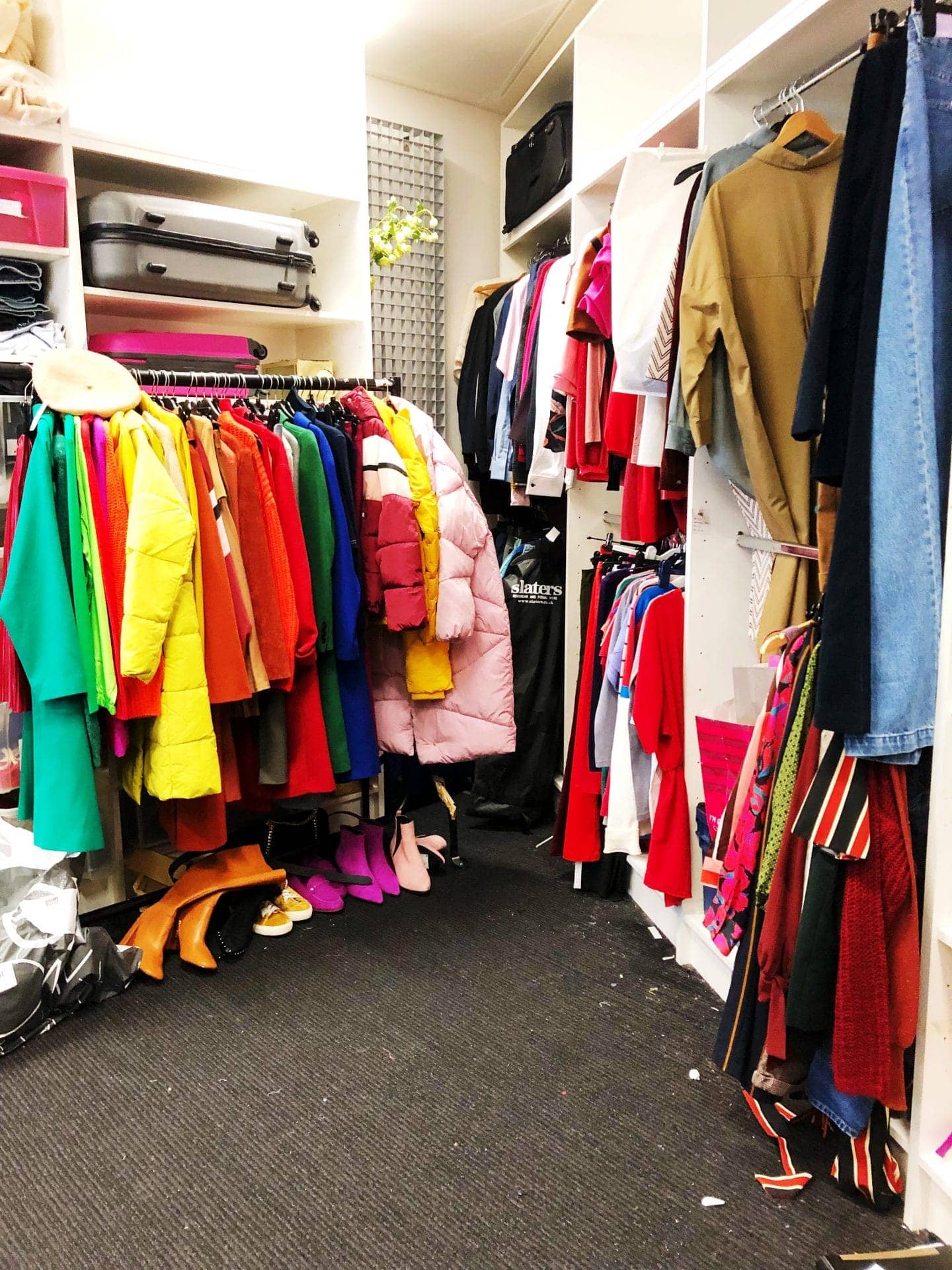
DO:
Make the most of your experience: this is a great opportunity for you to learn from journalists and see what your future could look like one day.
Be enthusiastic about taking jobs, always say yes and do it with a smile. You might have some tedious jobs thrown at you, but enthusiasm and a smile will go a long way in making a good impression.
Get to know your work space: It’s likely you’ll spend a lot of time in the fashion cupboard. Get to the space, learn how it’s organised, how products are stored, how the fashion team likes their deliveries handled and go through the rails and see what’s there. This will make it easier when you’re asked to find product returns in the cupboard.
Learn their returns system: this is different in every company. Some catalogue everything that goes in and out of the cupboard, others don’t. They should have an address book with company names and PRs, work efficiently and quickly as returns can pile up very fast.
Always write addresses correctly: Most PR’ and clothing companies are in London and Manchester, their postal codes can have anywhere between two-four numbers and if you’re not used to it, it can lead to mistakes. Double check!!
Recycle: It can be a good idea to send returns in the same bags they came in, or bags with the same logo. Keeping River Island bags, and sending River Island products back in them, the same with Topshop, New Look and sometimes even Primark if you double bag for better durability. Even saving large bags with no logo for large returns all going back to the same brand works as well, so you’re not sending everything back in loads of small bags.
Always check your email: Your editor will contact you mostly by email to look for retunes in the cupboard, or to talk to you about writing work, or even your lunch break. Keep an eye on it all the time.
DON’T:
Don’t waste space: try and get as many returns into one bag as possible, within reason. Don’t be silly, if the bag looks like it’s going to break or tear, you’ve filled it too much.
Don’t stop looking! If you’ve been asked to find something in the cupboard and can’t find it, don’t stop looking. It’s always a 50/50 chance, and you must make sure without a doubt it’s not in that cupboard. You must do it for the fashion team who is panicking about a lost return and the money it could potentially cost them if it is lost. Even if you’ve check it five times, six times… check again.
Don’t stop thinking! A lost item can be very worrying for the fashion team and they may ask you to think of possible places it could be. This includes: previous interns sending it back to the wrong company or PR; which is why doing returns properly is so important. So, look at PRs who have similar sounding names, brands with similar names, popular brands you return to frequently and postal codes that are like the brand it should have gone back to. From this point, inform the fashion team…
DON’T email or contact any of these companies yourself: this puts not only you but the fashion team in a liable position, you’re admitting the loss of the item, you’re admitting fault and therefore responsibility, and it could cost them money. Let the fashion team deal with how they want to recovery the lost item.
Don’t worry: there are somethings you won’t always be able to do. You might be asked to untangle necklaces that are so badly tangled that it proves impossible or find jewellery like earrings with bad pdf images from the PR that you’re unable to identify them, if they’ve been used, they won’t have the brand on which makes it harder. Just do your best. Don’t waste time on these jobs especially if you have more important jobs to be getting on with. Come back to them when you don’t have anything else to do.
THE DO’S AND DON’TS DURING YOUR PLACEMENT: WRITING OPPORTUNITIES AND PHOTO SHOOTS
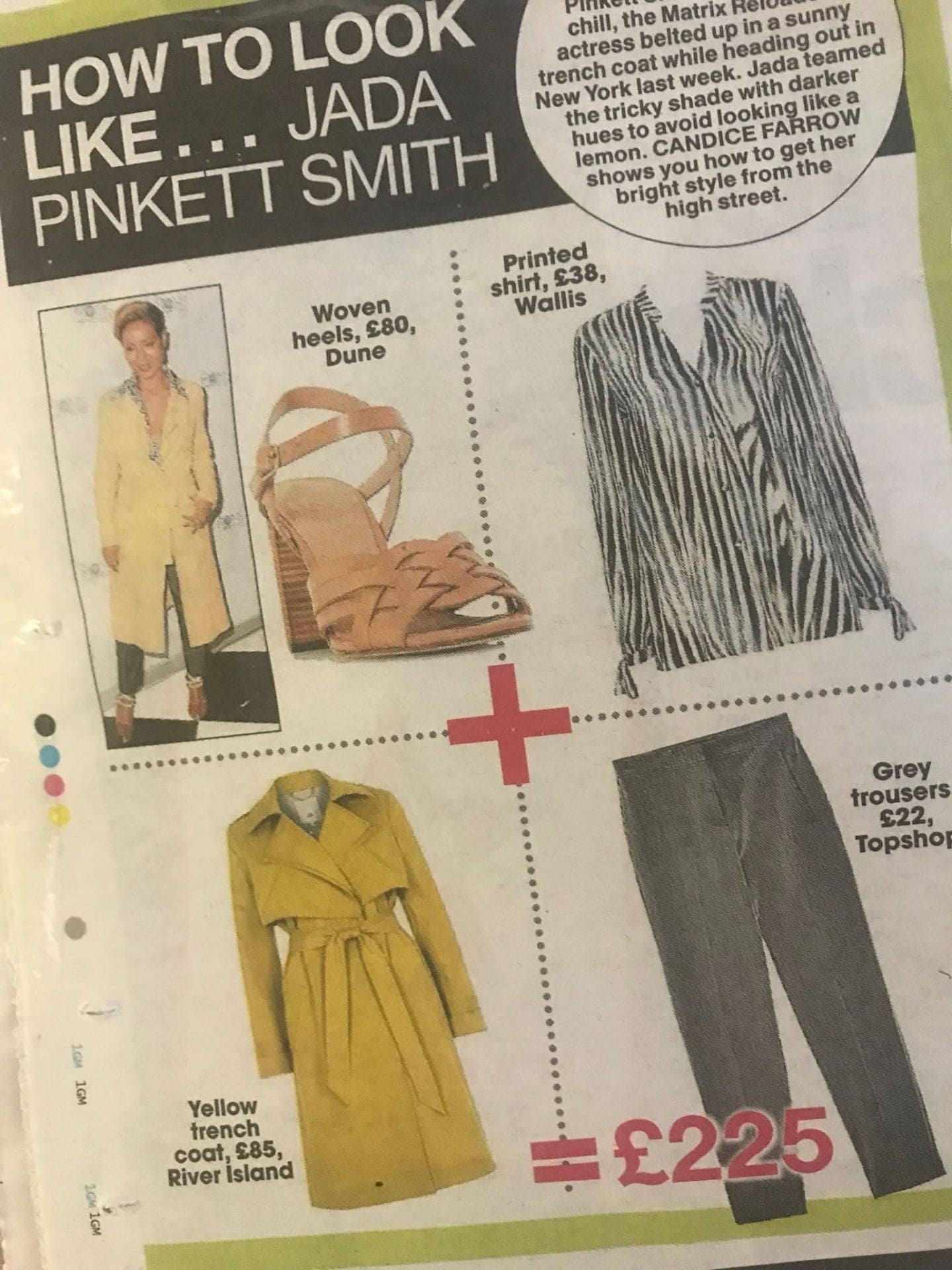
DO:
Learn how to write credits: Make sure if you’re asked, you write them correctly. If you’re not sure – ask! Sometimes you’ll be asked to include the products hyperlink at the end of the document.
EG: Product Description; Price; Brand
Always check with your editor: If you’re given an opportunity to write a piece for them, no matter how big or small, run your idea past your editor and any images. It is a good idea to keep in contact with your editor or someone on the fashion team via email if you have any questions or want any feedback on your work.
Look at previous work: Look at the magazine or newspaper at previous work of the same article you’ve been asked to write, have a look at how the magazine or newspaper talks to their readers, the tone and language used.
Plan your route: This applies to getting to your placement as well. But if you’re asked to assist on a photo shoot it will usually be the day before and you’ll be asked to meet them at the location. Plan your route the night before and leave half an hour earlier than you have to in case you get lost.
Use your initiative, the fashion team will notice: If you’ve been asked to assist on a photo shoot and it’s a member of the fashion team, it’s likely they will have all the clothing laid out on the grid. Ask them if you can start writing up the credits for the chosen outfits, take photographs of the outfits – this helps you and the stylist as she can sometimes forget what clothing she has paired together, and your images can help her during the shoot, and always offer to help her pack.
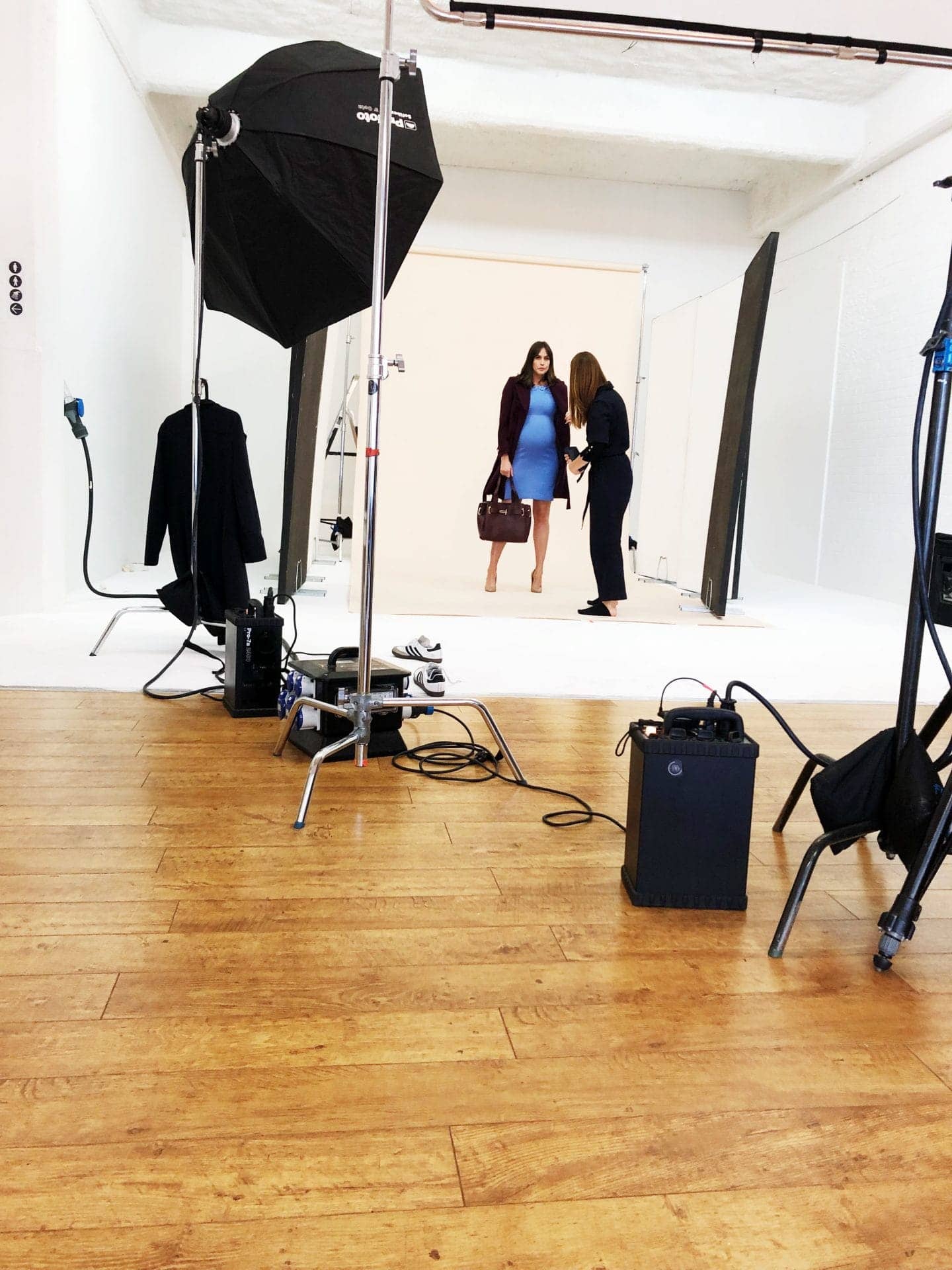
DON’T
Don’t be afraid to ask questions: This is a learning experience, if you don’t know something – even if you think it’s a silly question – ask! It’s how you learn.
Don’t be afraid to ask for direction: If you’re lost, don’t be afraid to ask for directions. Locals know the area better and will often try and help you. As a journalist, you should feel comfortable asking strangers questions and if you’re not, this will definitely help get you there.
Don’t be lazy: Photo shoots can be very chilled out, after you’ve unpacked and steamed the clothing there isn’t much for you to do. So, find something to do, help the model get dressed, make sure all the clothing is hung back up and put together in case it needs reshooting, keep all the credits up to date because outfits change, and keep the styling kit on hand so the stylist isn’t running back and forth for it all the time.
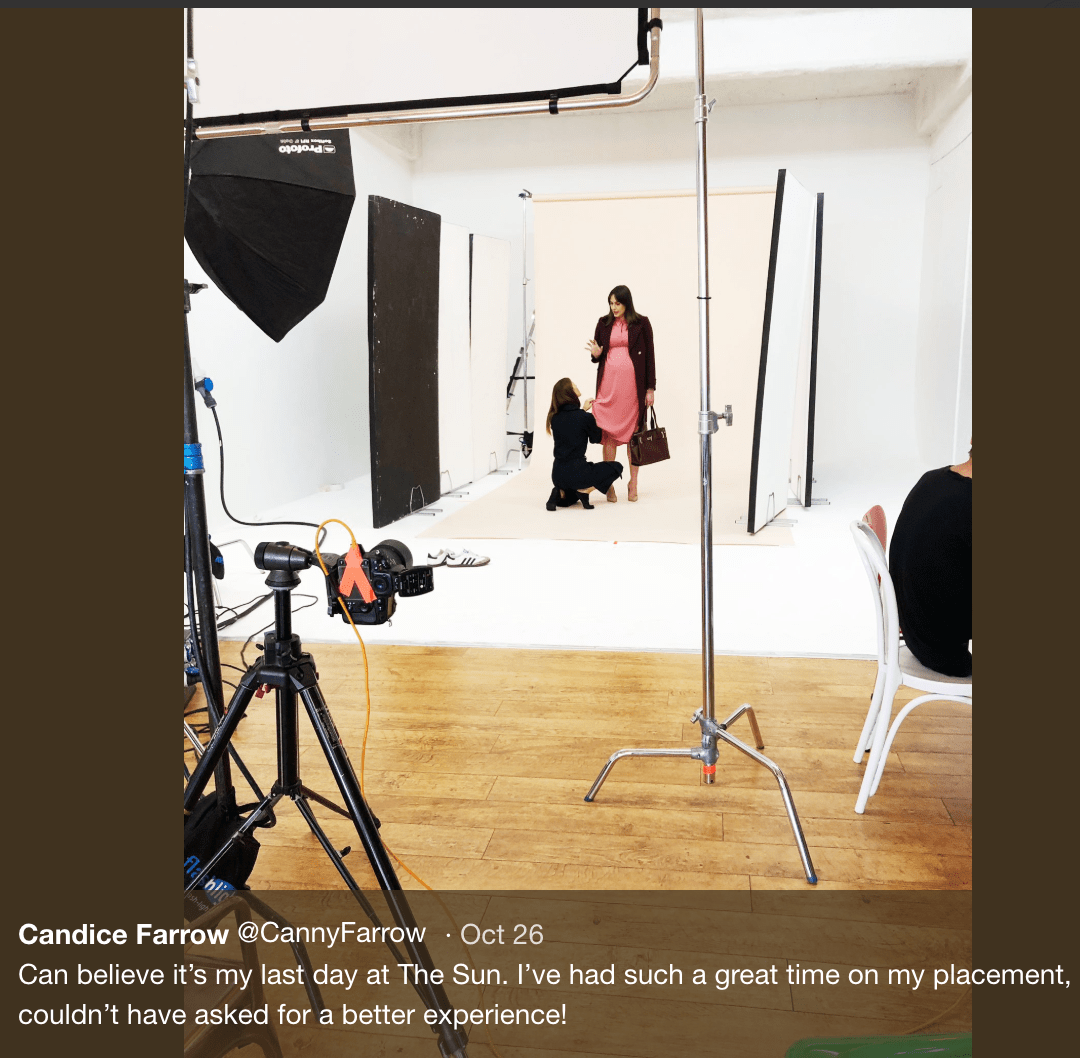
What I learned on my placement:
A few weeks before my placement Carole, our programme leader, asked us in a lecture: “Do you feel like a journalist yet?” As students we work really hard building our skillset to become journalists, but when she asked that question, I couldn’t say yes because I didn’t feel like a journalist yet.
Being on my work placement was one of the best experiences of my life. I learned so much while in London, like it doesn’t matter how lost you look because every person has their phone out and they’re all looking at google maps too. But it was learning about my future that made me happiest.
One thing my placement taught me was that I’ve chosen the right career path. In your third year there is a lot of pressure to succeed, I think everyone feels it – not just journalism students, but all of us. That pressure can cause doubt, it makes us question whether we can do it, and I found myself asking, can I be a fashion journalist?
My placement wiped away all my doubts. I enjoyed the fashion cupboard and the writing tasks they gave me allowed me to get back to basics. My writing had become so academic that writing these columns got me to stop over-thinking how I write, and I just wrote, I got to fall in love with writing all over again. I also got to tick something off my bucket list, I’ve always wanted to see what it was like behind the scenes of a photo shoot and I got to do that not once, but twice, and meet some amazing people and make genuine connections with them.
I learned so much about the industry while I was in London. Sure, 70 per cent of time was spent in the fashion cupboard and most of the advice I could give you would be about the fashion cupboard.
But I left feeling like a journalist, and I have noticed so many changes in myself since I got back. I can confidently talk to people because of the amount of times I had to stop and ask for directions, I no longer feel panic when I talk on the phone and I’ve seen a change in the way I hold myself as a person. The next time Carole asks me if I feel like a journalist, I’ll be able to say yes because of my placement.
If you want to study fashion journalism with us, go to https://www.sunderland.ac.uk/study/journalism-and-pr/undergraduate-fashion-journalism/
If you want to have some work experience with us at Fashion North, email editor.fashionnorth@gmail.com or mediahub@sunderland.ac.uk
